If 2024 was about cozy minimalism and earthy tones, 2025 is shaping up to be a year of bold shifts, tech-savvy upgrades, and reimagined comfort. As the way we live, work, and entertain at home continues to evolve, so do the trends shaping our spaces. From the resurgence of natural textures to smart, wellness-driven design choices, homeowners and designers alike are embracing styles that prioritize both beauty and functionality. Whether you’re planning a renovation or just craving inspiration, these 12 emerging trends are set to take over homes in 2025—get ahead of the curve before everyone else catches on.
1. Biophilic Design Elements
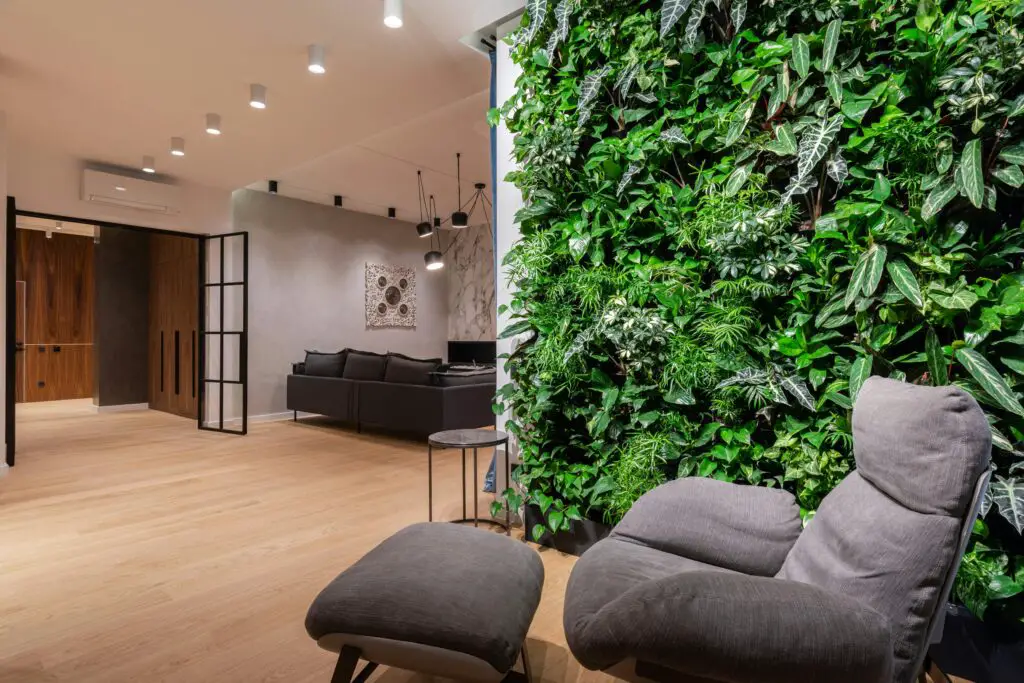
Biophilic design is poised to take center stage in 2025 as homeowners seek deeper connections to nature. This trend emphasizes incorporating natural materials, such as stone, wood, and greenery, into home interiors. Living walls, large windows that maximize natural light, and indoor gardens are becoming essential features. Designers are also finding innovative ways to bring outdoor views into homes, creating serene environments that reduce stress and enhance well-being.
As environmental awareness grows, biophilic design aligns with sustainable living practices. Homeowners are also investing in eco-friendly materials like reclaimed wood and low-VOC paints to merge aesthetics with environmental responsibility. Architectural Digest highlights that this trend is not only beautiful but also promotes physical and mental health.
2. Modular and Multifunctional Spaces

With flexible living becoming a necessity, modular and multifunctional designs are gaining popularity. Homeowners are gravitating towards furniture and layouts that adapt to their changing needs. For example, foldable desks, murphy beds, and convertible storage solutions are becoming staples in compact living spaces. This trend is particularly appealing to those working remotely or managing multi-generational households.
As homes become more versatile, designs that optimize space without sacrificing style are in high demand. According to Dezeen, the emphasis on modularity reflects a shift in how people view their living environments—not just as static spaces but as dynamic hubs of activity.
3. Sustainable Materials and Practices

Eco-conscious homeowners are driving demand for sustainable building materials like bamboo, cork, and recycled steel. These materials not only reduce environmental impact but also create visually stunning interiors. Solar panels and energy-efficient appliances are becoming standard in new constructions, emphasizing the shift toward greener living.
Innovations like water-saving fixtures and smart home systems are also contributing to sustainability goals. Green Building Advisor predicts that sustainable design will remain a major focus for architects and developers as climate concerns continue to shape consumer preferences.
4. Warm, Earthy Color Palettes
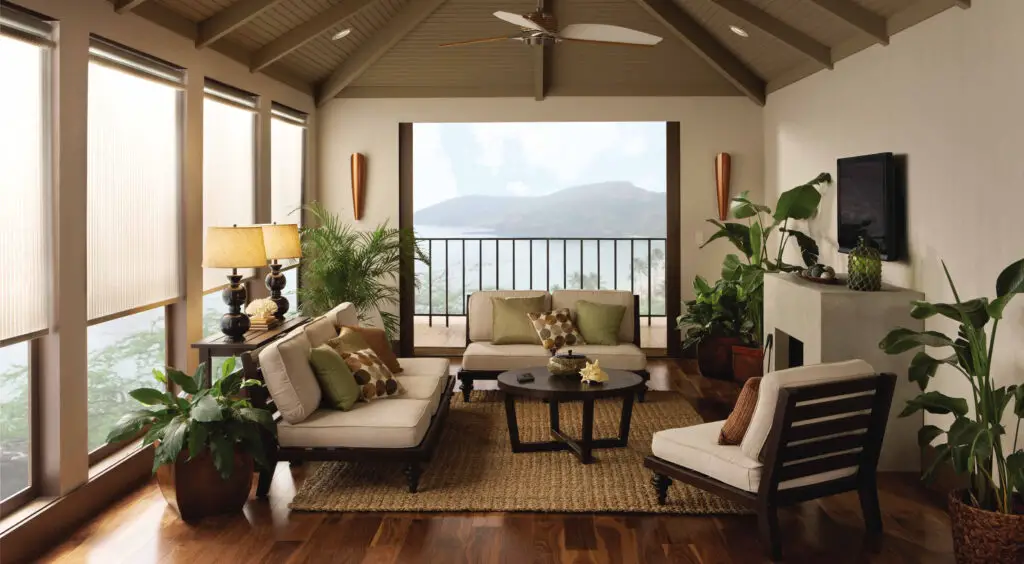
Say goodbye to stark white interiors—2025 is all about warm, earthy tones. Colors like terracotta, sage green, and deep ochre are dominating design palettes, bringing a sense of coziness and tranquility to spaces. These shades work well with natural materials and are easy to integrate into various design styles, from minimalist to bohemian.
Paint manufacturers and interior designers are embracing these tones to create inviting environments that feel connected to the natural world. Better Homes & Gardens notes that these colors are versatile enough to suit both modern and traditional homes, making them a timeless choice.
5. Bold Statement Ceilings
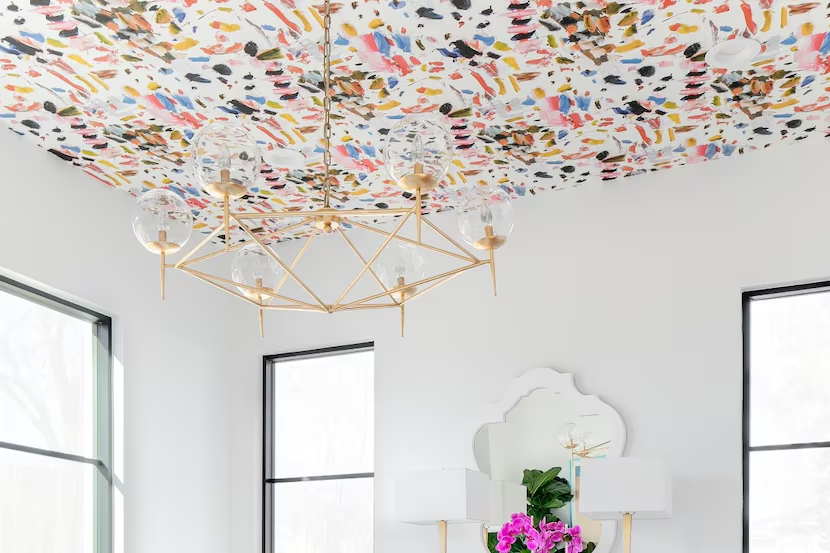
Ceilings are no longer an afterthought—they’re becoming a focal point in home design. From intricate patterns to bold colors and textures, homeowners are using ceilings to make dramatic statements. Materials like wood beams, metallic finishes, and wallpaper add dimension and character to spaces.
This trend allows for creative expression and adds a unique touch to any room. House Beautiful highlights that statement ceilings are particularly effective in smaller spaces, where they can draw the eye upward and create the illusion of height.
6. Curved Furniture and Architecture
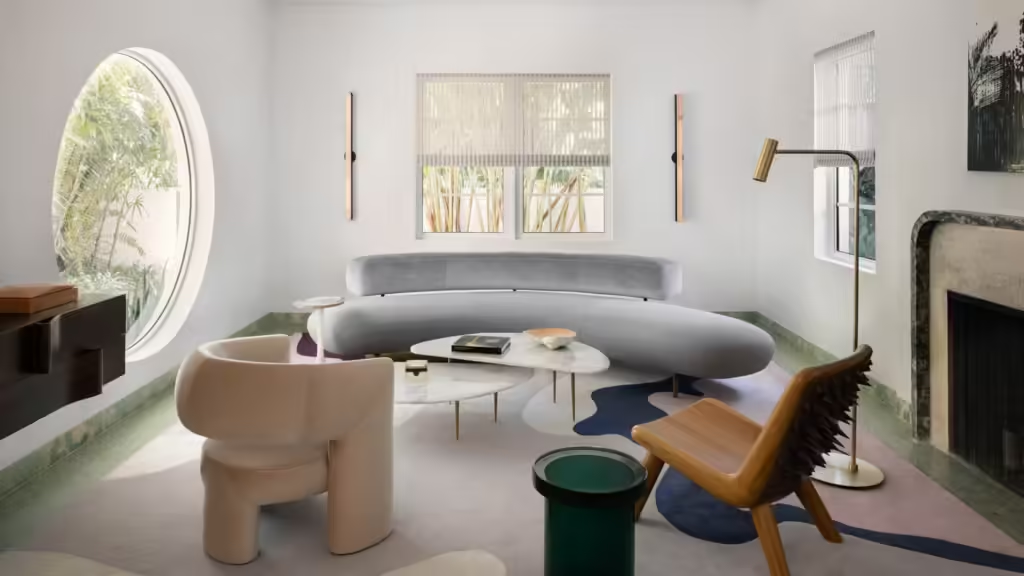
Soft, flowing lines are replacing sharp angles in furniture and architecture. Curved sofas, rounded coffee tables, and archways are redefining interiors with an organic, sculptural feel. These designs are not only visually appealing but also create a sense of movement and fluidity in living spaces.
The resurgence of curves reflects a departure from rigid modernism toward more playful and inviting aesthetics. Designers emphasize that this trend is ideal for creating spaces that feel harmonious and approachable.
7. Outdoor Living Enhancements
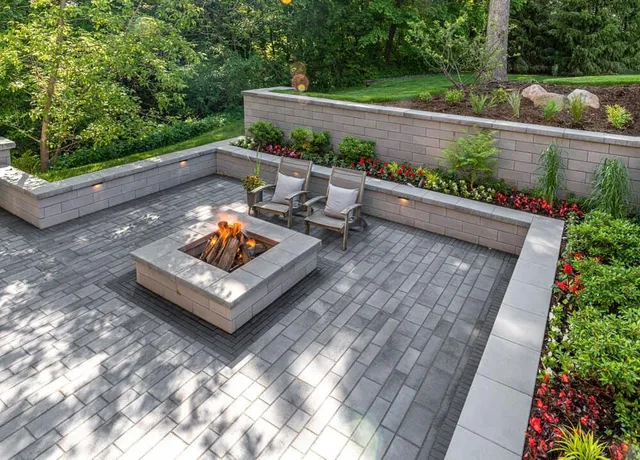
Outdoor spaces are becoming an extension of the home, with designs that prioritize comfort and functionality. Fire pits, outdoor kitchens, and weather-resistant furniture are transforming patios and balconies into year-round living areas. Pergolas with built-in lighting and heaters are also gaining popularity for their versatility.
As people continue to value outdoor experiences, investing in well-designed exteriors has become a top priority. Outdoor living spaces are no longer a luxury but a must-have feature for modern homes.
8. Technology-Driven Smart Homes
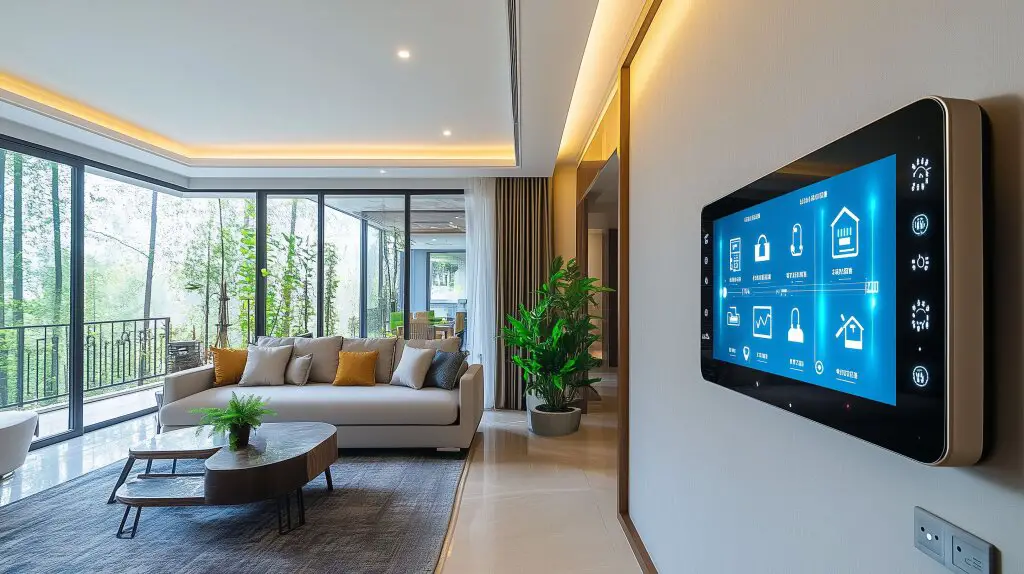
Smart home technology is evolving beyond convenience to integrate seamlessly with design. Features like voice-activated lighting, temperature control, and security systems are now paired with sleek interfaces that complement modern aesthetics. Smart mirrors, automated blinds, and touchless faucets are just a few innovations gaining traction.
These technologies not only enhance functionality but also contribute to energy efficiency and home security. Smart homes are becoming increasingly accessible, making them a key trend for 2025.
9. Textured Walls and Surfaces
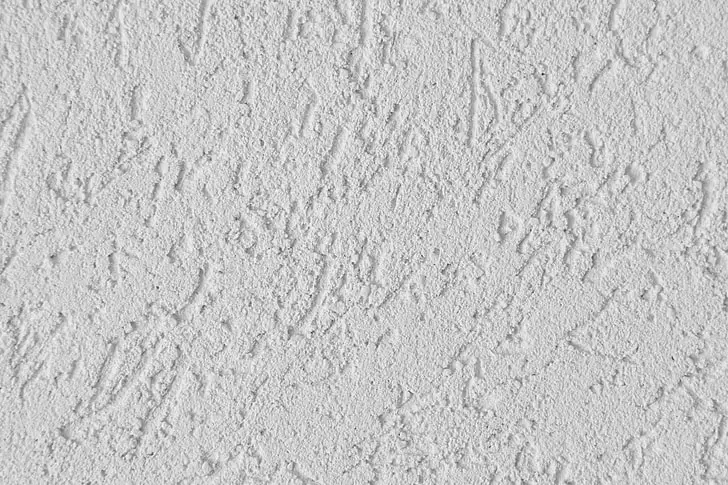
Flat, smooth walls are giving way to textured finishes that add depth and interest to interiors. Plaster, shiplap, and even 3D wall panels are being used to create striking focal points. These textures pair beautifully with neutral color palettes, adding a touch of sophistication.
Textured surfaces are particularly popular in living rooms and bedrooms, where they can make a dramatic impact without overwhelming the space. Try experimenting with textures as an easy way to update any room.
10. Maximalist Decor
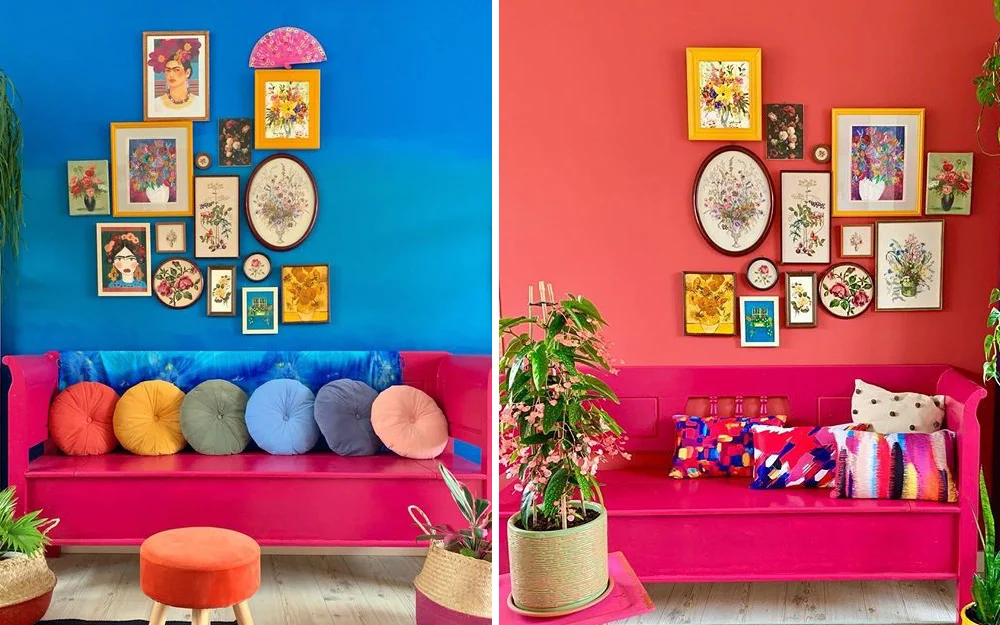
Minimalism is taking a backseat to bold, eclectic designs. Maximalism encourages layering colors, patterns, and textures to create visually stimulating spaces. Vibrant rugs, gallery walls, and mixed materials are key elements of this trend.
This design philosophy allows homeowners to showcase their personality and collections in a cohesive way. Maximalism is about creating joy through curated chaos, making it a refreshing departure from overly structured aesthetics.
11. Vintage Revival
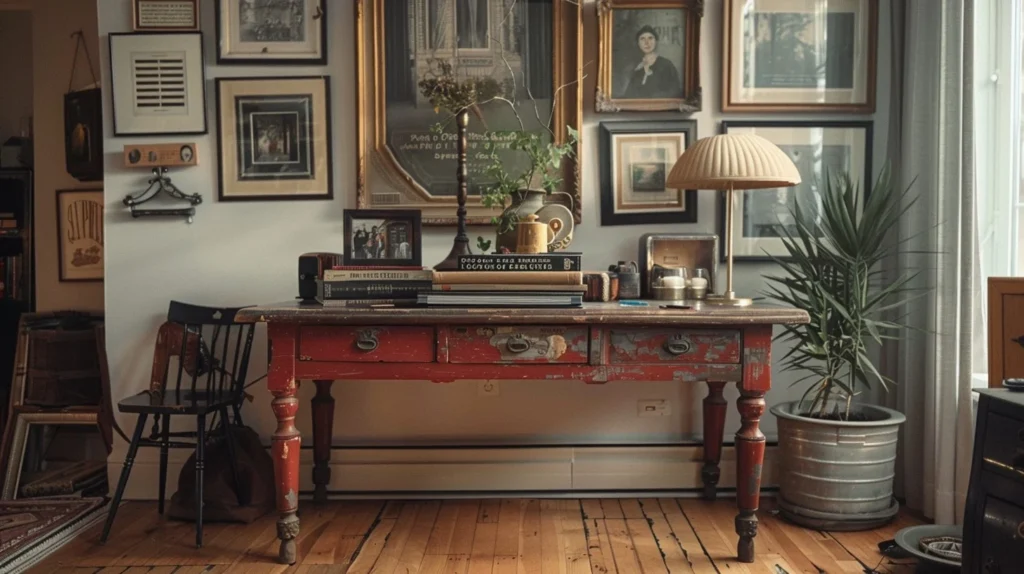
Vintage-inspired decor is making a comeback, with homeowners incorporating mid-century furniture, antique fixtures, and retro patterns into their spaces. This trend celebrates the charm of the past while adding a contemporary twist.
Vintage elements bring warmth and character, and they’re often more sustainable than buying new. A collection of vintage pieces can be seamlessly integrated into modern designs for a timeless look.
12. Home Wellness Spaces
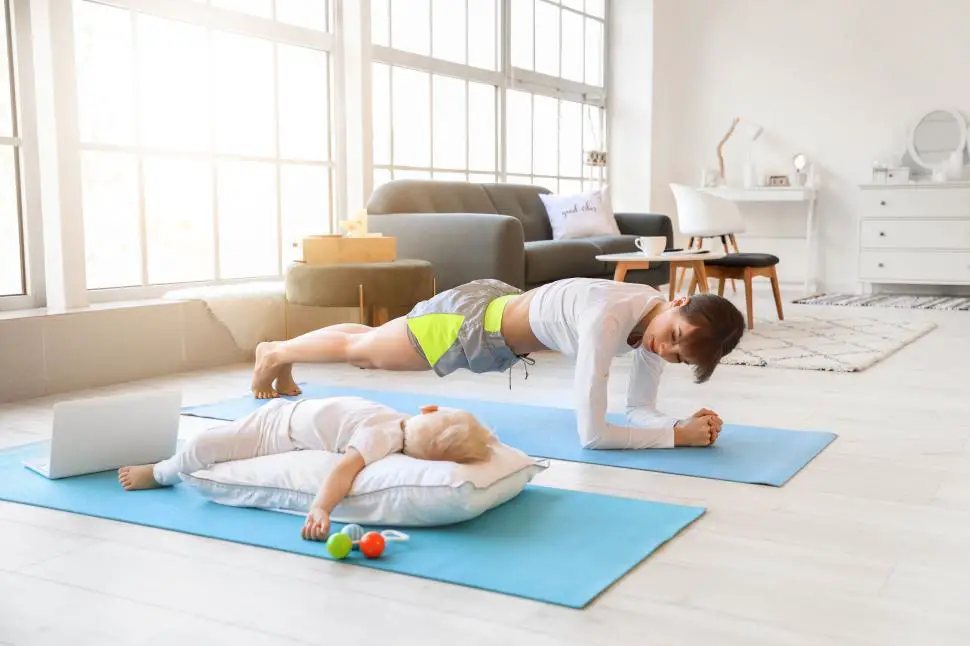
Wellness-focused design is growing, with homeowners dedicating spaces to relaxation and self-care. Meditation rooms, yoga studios, and spa-like bathrooms are becoming popular features. These spaces often include calming color palettes, natural materials, and mood-enhancing lighting.
The emphasis on wellness reflects a broader cultural shift toward prioritizing mental and physical health at home. These spaces are not just luxuries but investments in well-being.
